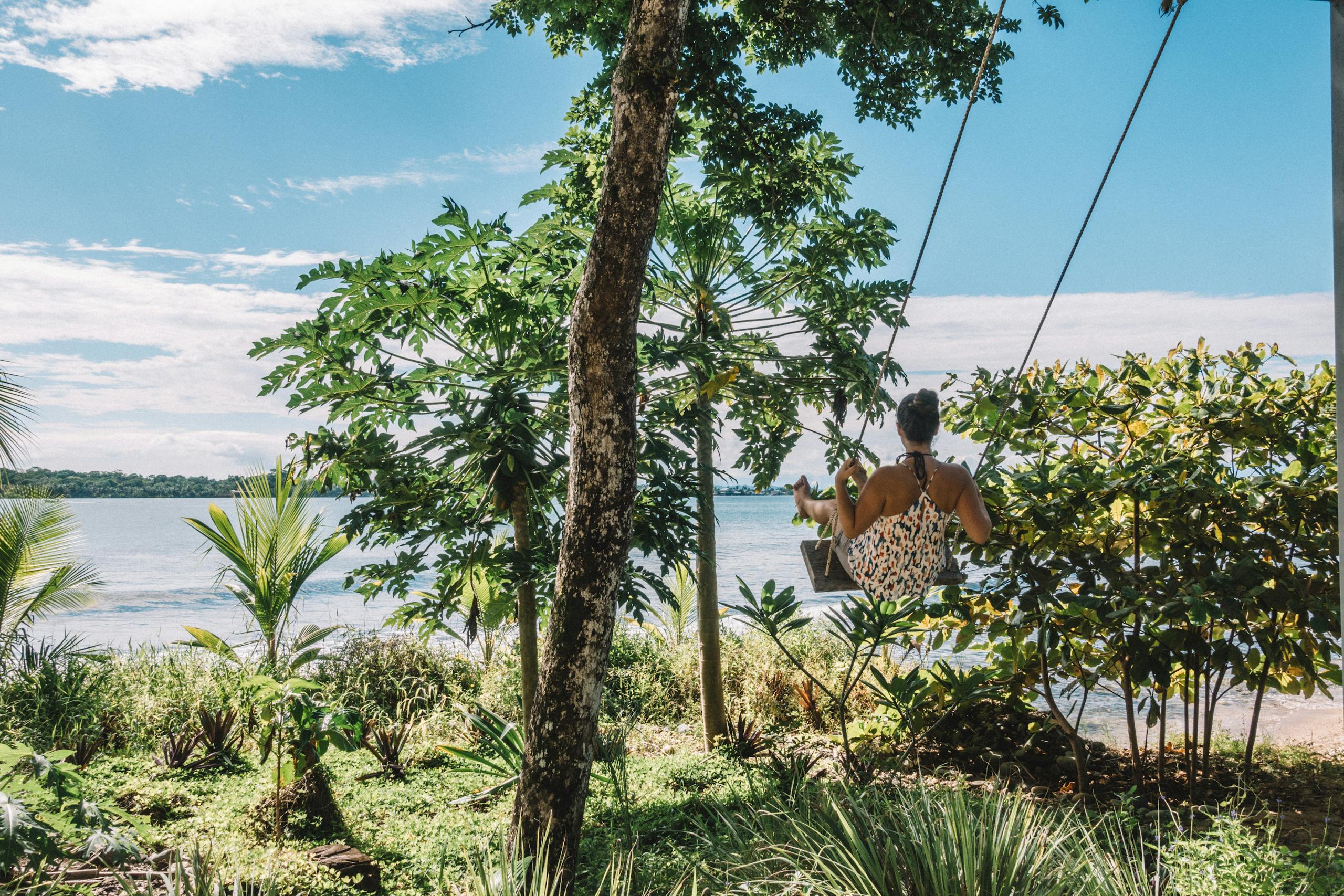Panama’s Ocean Lifeline Fails to Appear After 40 Years

For decades, Panama’s Pacific coast has enjoyed a natural gift hidden beneath its blue waters: a powerful seasonal upwelling. This process pulls cold, nutrient-rich waters from the ocean’s depths up to the surface, cooling the sea and fueling an explosion of marine life. It’s like nature’s way of pressing a refresh button for fisheries, coral reefs, and beachgoers who love Panama’s cooler shoreline during the dry season.
But in early 2025, something remarkable—and worrying—happened. For the first time in at least 40 years, this ocean lifeline simply didn’t show up.
What Normally Happens in Panama’s Seas
Each year, between January and April, strong northern trade winds sweep across the isthmus. These winds are more than just a breezy weather pattern. They push the surface waters away, letting deep, cool, and nutrient-rich waters rise. That cold water supports fish populations, boosts plankton growth, and even shields coral reefs from overheating.
It’s not only a win for marine ecosystems. Fishing communities depend on the productivity that comes with these nutrient surges. Families eat, businesses thrive, and ecosystems get a seasonal reset.
The Missing Upwelling of 2025
So, what went wrong this year? Scientists tracking the region’s oceanography noticed that the expected temperature drops and nutrient boosts were simply absent. Instead of the usual cooling by January, the sea stayed unusually warm, holding steady at more than 25°C until late March.
When upwelling finally made a weak appearance around March 4, it only lasted 12 days. Normally, the event stretches for about 66 days—a huge difference. And even then, the water only cooled to about 23.3°C, far warmer than the 14.9–19°C range researchers have consistently observed in the past.
In short: Panama’s ocean skipped its most reliable seasonal cycle.
Why Did It Happen?
The main suspect? Weaker winds. Data from 2025 revealed a 74% drop in northerly wind events compared to previous years, along with shorter and less powerful wind bursts. Without that force, the sea surface never moved aside enough to let deeper waters rise.
But why the winds weakened so drastically is still up for debate. Some researchers think it could be linked to changes in the Intertropical Convergence Zone (ITCZ)—a band of atmospheric activity near the equator—possibly influenced by the 2024–2025 La Niña event. Others suggest it may be a broader sign of climate disruption, where long-standing patterns are becoming less predictable.
The Ripple Effect on Ecosystems
The missing upwelling has serious consequences. Plankton, the tiny organisms that thrive when nutrient-rich waters rise, didn’t get their usual boost. That means less food for fish, which in turn affects the fishers who depend on healthy catches.
Coral reefs also lost a layer of protection. Normally, cooler upwelled waters buffer them against heat stress. Without that natural cooling, reefs face higher risks of bleaching and long-term damage.
The ripple effects don’t stop at the water’s edge. Entire coastal communities could feel the strain if fishing declines or reef-based tourism suffers.
A Global Wake-Up Call
Panama’s upwelling failure isn’t just a local issue. It highlights the vulnerability of tropical upwelling systems in general. These regions, despite being crucial for both ecosystems and economies, are poorly monitored compared to temperate or polar seas.
Scientists from the Smithsonian Tropical Research Institute (STRI) and their partners at the Max Planck Institute, working from the research vessel S/Y Eugen Seibold, emphasize that better observation and prediction tools are urgently needed. If an ocean process that has been stable for decades can vanish in just one season, what other surprises could be waiting in the tropics?
Could This Happen Again?
That’s the big question. Was 2025 an anomaly, or is it the start of a new and unsettling trend? Researchers are cautious, saying more work is needed to pin down the precise drivers. But the fact that such a key system blinked out once means it could happen again.
If climate change is indeed altering wind patterns and ocean circulation, then Panama’s story could be a preview of challenges facing other regions with similar dynamics, like Costa Rica’s Gulf of Papagayo or even other tropical seas worldwide.
Why We Should Care
At first glance, the failure of an upwelling system in a small Central American gulf might seem like a niche concern. But it’s not. This single event is a vivid reminder of how tightly linked climate, oceans, and people are.
When winds weaken, seas warm. When seas warm, fish vanish and corals bleach. When that happens, communities that have depended on these resources for thousands of years face uncertainty.
It’s not just about Panama’s Pacific beaches. It’s about the growing fragility of ocean systems we thought we could count on.
Final Thoughts
The disappearance of Panama’s upwelling in 2025 is more than an odd piece of environmental trivia—it’s a story with wide-reaching implications. It asks us to pay closer attention to tropical oceans, to recognize their importance, and to push for stronger monitoring and forecasting systems.
Nature has always been dynamic, but losing a 40-year-old pattern in a single season should make us pause. The ocean, it seems, is sending a message. The real question is: are we listening?





